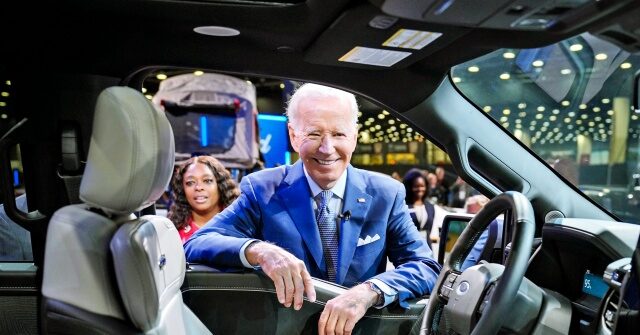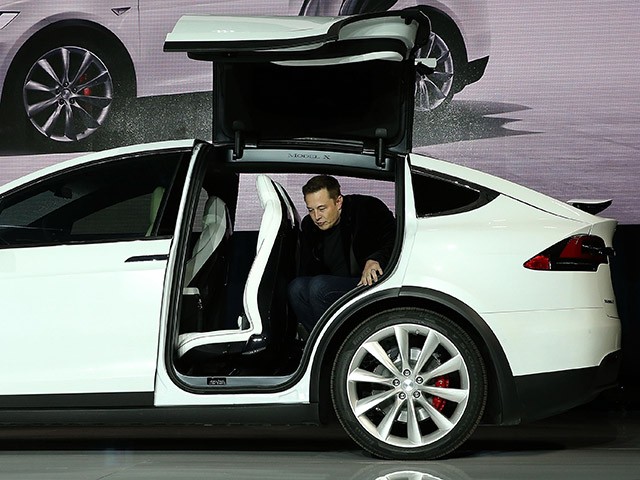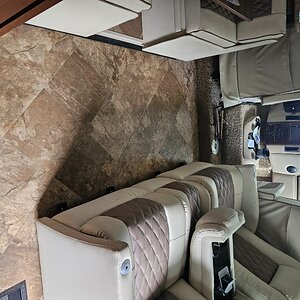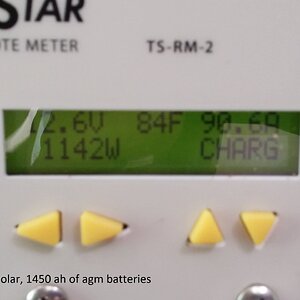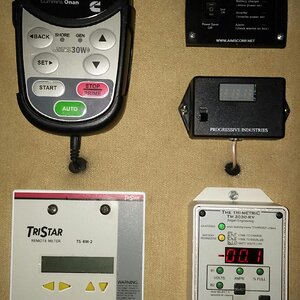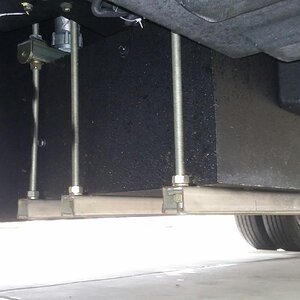Because!!!
How did you like the answer?
The more technical answer is wire length, resistance, different batteries or age. But assuming you start with identical batteries, at identical age, resistance would be the failure..furthermore the thought all batteries will be replaced at the same time is highly unlikely!! So forward thinking would dictate a plan.
But there's more! DC to DC converters are designed to limit current, and that explanation is the winner!!
Each battery location has the equivalent of an individual battery charger set to battery specifications, so each battery can be charged optimally.
So in summary!
Each bank no matter its location gets personal attention!
Because you can set the load you can protect the alternator.
Because the regulator only sees a load rather than battery charge and the fact that you can protect the alternator from excessive outputs, you can tweak the proformance of the alternator and get the most out of it.
Warning:
The chassis battery still needs protection to keep it from draining.
Hope that answers your questions!!!
